Food shortages 2023 and 2024 what to expect should be of concern to everyone. Food shortages in 2023 and 2024 will happen and will be easier to detect once the entire supply chain is understood. Predicting upcoming 2023 food shortages becomes relatively easy to comprehend when consumers understand the issues facing farmers, producers, manufacturers, and retailers.
Table of Contents
Stocking Up for the Future: How to Prepare for the Food Shortages 2023
In an uncertain world, being prepared for potential shortages is essential. With the looming shortage of key foods predicted in 2023, stocking up is crucial to ensure your future needs are met. Whether it’s due to climate change, geopolitical tensions, or other factors, the scarcity of essential foods can significantly impact our daily lives.
But how can you effectively prepare for these potential food shortages 2023? This article will provide you with invaluable tips and strategies to ensure you have the necessary provisions to weather the storm. From building a well-stocked pantry with long-lasting staples to cultivating your own produce through gardening, we’ll explore various methods of securing your food supply.
Don’t fall victim to panic-buying or being caught off guard. By implementing the strategies outlined in this article, you’ll be well-equipped to face any future food shortages confidently. So join us as we delve into the world of stockpiling and discover how to ensure your family’s well-being in the face of scarcity. So when it comes to food shortages 2023 and possibly 2024 keep reading this article.
Understanding the Factors Contributing to the Food Shortages
Issues affecting crops, cattle, and supply-chain issues are just the beginning. Stockpiles of corn have been reduced worldwide, with the notable exception of China. China plans to import four times its typical purchase of corn from the US, straining the worldwide supply even more and driving up prices.
China has stockpiled corn, rice, and cooking oils over the last few years. They have also made significant farmland and food manufacturing plant purchases in the United States and other countries. Also, the war in Ukraine impacts everything from grain production to the supplies of vegetable oil and fertilizer, which greatly influence the prices of many other food items.
Climate change also affects the distribution and availability of crucial foods. As certain regions become less suitable for agriculture, food-producing areas may shift, leading to changes in trade patterns. Food shortages 2023 can result in increased transportation costs, reduced availability of certain foods, and potential price spikes. It’s important to consider the broader implications of climate change on our food systems and proactively secure our supply chains.
Global Population Growth and Its Effect on Food Supply
The global population is growing at an unprecedented rate, which puts immense strain on our food supply. As more people need to be fed, the demand for food increases, requiring significant improvements in agricultural productivity.
However, the current population growth rate is outpacing our ability to sustainably produce enough food. This population pressure exacerbates the potential food shortage in 2023 issue and underscores the need for proactive measures.
Corn is the perfect example of a decrease in supply and an unprecedented price increase. Corn prices soared to an almost 50 % increase in 2022. A bushel of corn costs more than twice what it did at the same time last year. This is another example of food shortages that may come from this year’s bad weather.
Corn crops in Brazil and the US have not done well in the last few years, primarily due to weather-related issues. In Europe, the war in Ukraine has had a significantly negative impact on its production. Cornmeal is the raw material in so many products it is impossible to list them all.
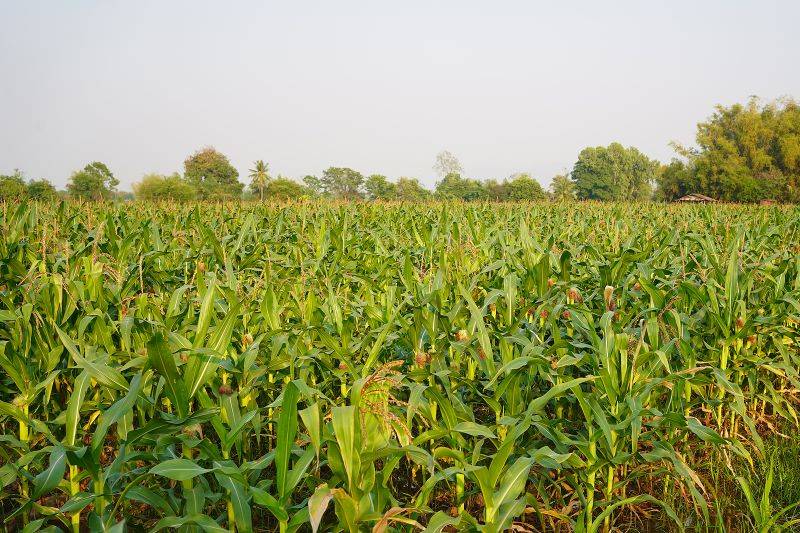
However, 2023 food shortages can be detected by looking for sharp price increases. The same 32 oz bag of cornmeal that retailed for $9.79 on Amazon in December 2022 is now retailing for almost $12.00 just one month later, proving that the changes have already begun and the price will likely continue to increase in 2023.
In the US, ranchers reported a 36% reduction in cattle herds due to drought conditions and high feed costs such as corn and other grains. With no resources to feed them, many meat producers sent more beef to market last year, which kept prices down for consumers more concerned about food shortages that may be coming. This year wildfires and floods will greatly affect upcoming food shortages in 2023.
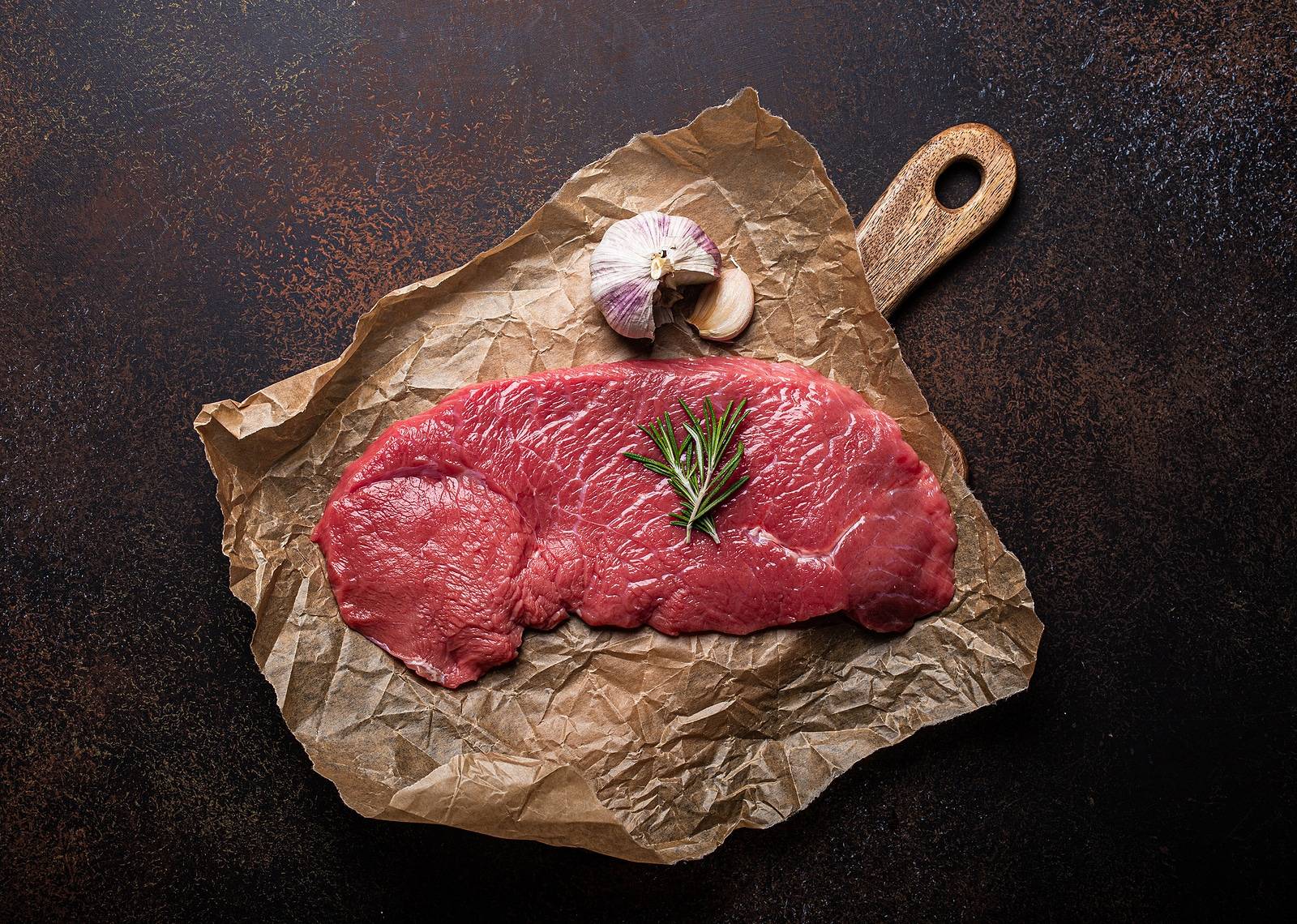
Cattle experts say it will take at least two to three years to replenish herds. This fact is a massive signal that the list of 2023 food shortages will almost certainly include beef. While importing beef from other countries is common, many exporters have had issues with a lack of feed and disease as well. Since supply will continue to diminish, expect beef prices to increase steadily over the next two years if you can find it on grocery store shelves.
Predictions for the Shortage of Key Foods in 2023
Based on current trends and the factors discussed earlier, experts predict a potential shortage of key foods in 2023. While the exact extent and severity of the shortage may vary depending on various factors, it’s crucial to be prepared for the possibility. By understanding the underlying causes and taking proactive measures, we can mitigate the impact on our daily lives and ensure our well-being during uncertain times.
The shortage of key foods in 2023 is likely to affect a wide range of products, including grains, fruits, vegetables, and protein sources. Reduced crop yields, price volatility, and disruptions in supply chains may lead to limited availability and higher prices. It’s important to anticipate these challenges and take steps to secure our food supply through strategic planning and preparation to help with upcoming food shortages in 2023 and 2024.
Chicken and eggs have long been an economical choice for adding protein to your diet. Recently, however, consumers have been met with empty shelves, fewer options, and soaring prices. These are all signs pointing to both chicken and eggs being on the list of 2023 food shortages to come.
The reason for the shortage is easy to pinpoint. This year’s Bird flu is considered the worst in decades, is the main factor. This particular strain of bird flu has stayed strong going into winter 2023, which is not normal. Over 160 million birds were killed in 2022, and experts expect the number to worsen in 2023.

The average cost of a dozen eggs in the US is $7.00. Why are eggs so expensive now? Because so many egg-laying hens were destroyed due to disease. As far as 2023 food shortages go, it would be essential to note that as chicken and beef both become more expensive, pork demand is going to increase, so expect the price of pork to start going up as well.
Hurricane Ian destroyed the Florida citrus crop on September 30, 2022. To make matters worse, Florida experienced a devasting freeze in December after already experiencing a 32% decline in production year over year.
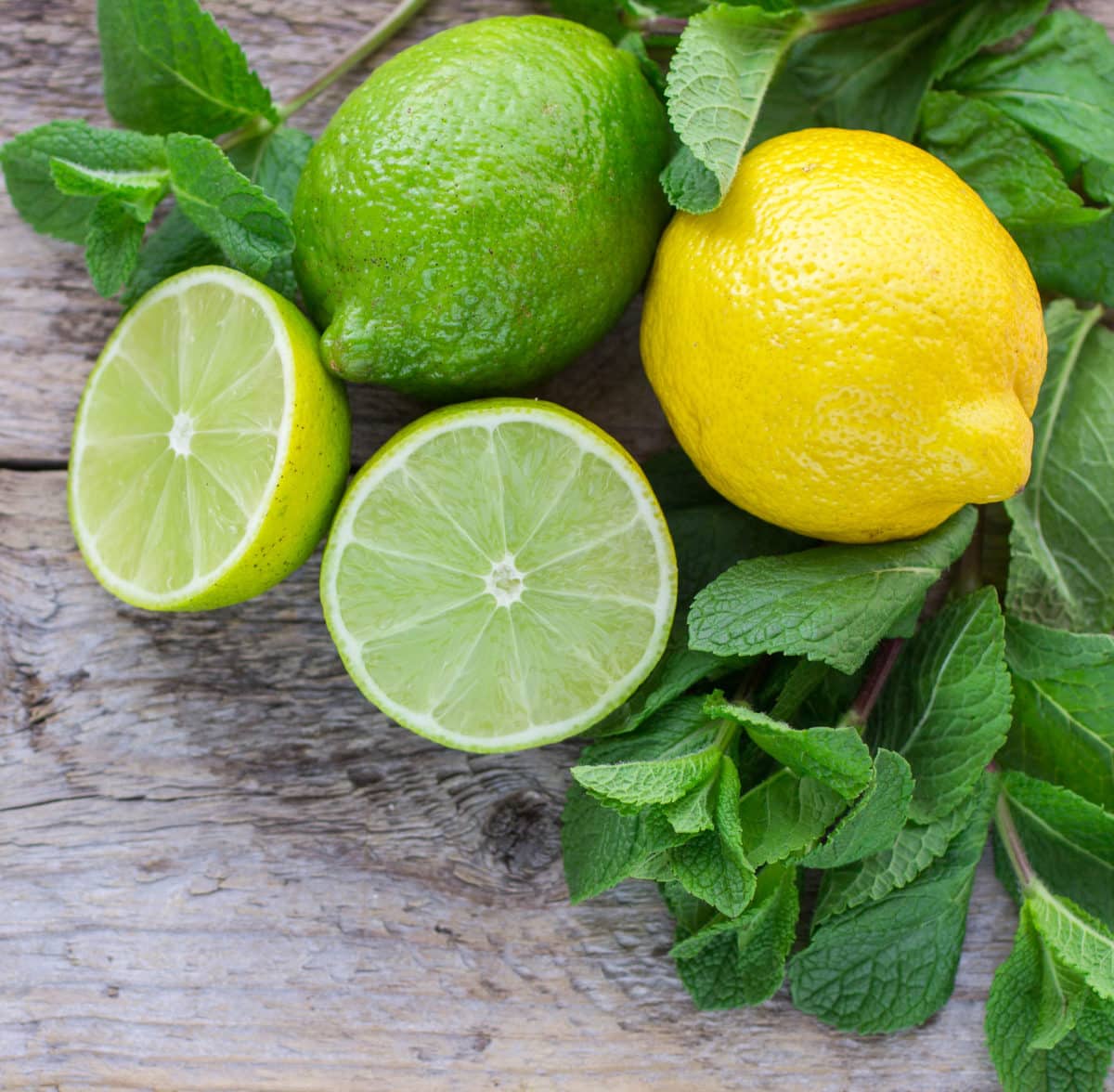
The price of oranges rose over 13% in the last quarter of 2022, but they are expected to increase another 40% in 2023 as Florida production declines by almost 80%. This 2023 food shortage directly results from weather-related incidents and will be felt by consumers for the next few years at least.
For example, the jam and jelly industry is also bracing for shortages, and price increases as a 30% increase in the costs of ingredients, containers, and shipping has created slower jam production Prices are expected to increase between 9.5 to 11% during just the first quarter of 2023.
Beware of food shortages 2023, including bananas. “We hope the world will understand that it is impossible to keep banana prices at the same level in this situation of rising costs,” said the Ambassador of the Dominican Republic to economic leaders. The cost of bananas has already increased by over 14% in 2022, reaching a record high.
Other Latin American banana producers such as Columbia, Honduras, Costa Rica, and Ecuador issued a combined statement that warned of price hikes due to increases in the cost of production and shipping combined with plant fungal disease.
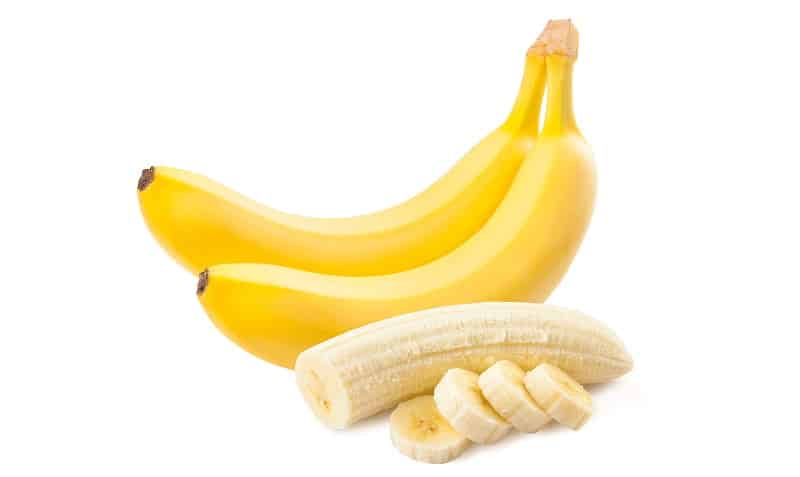
Fish sticks are also on the list of 2023 food shortages. Due to a massive heat wave last year, Canada reported a staggering 29% drop in the fish population in 2022. Shoppers can expect a decrease in variety and increases in prices as demand for fish sticks steadily increases.
The WHO explained that the demand for fish sticks is rising faster than usual worldwide. People facing sharp price increases in other proteins such as meat and chicken often turn to this budget-friendly option. However, due to the significant rise in demand, fish sticks are likely to be on the list of 2023 food shortages.
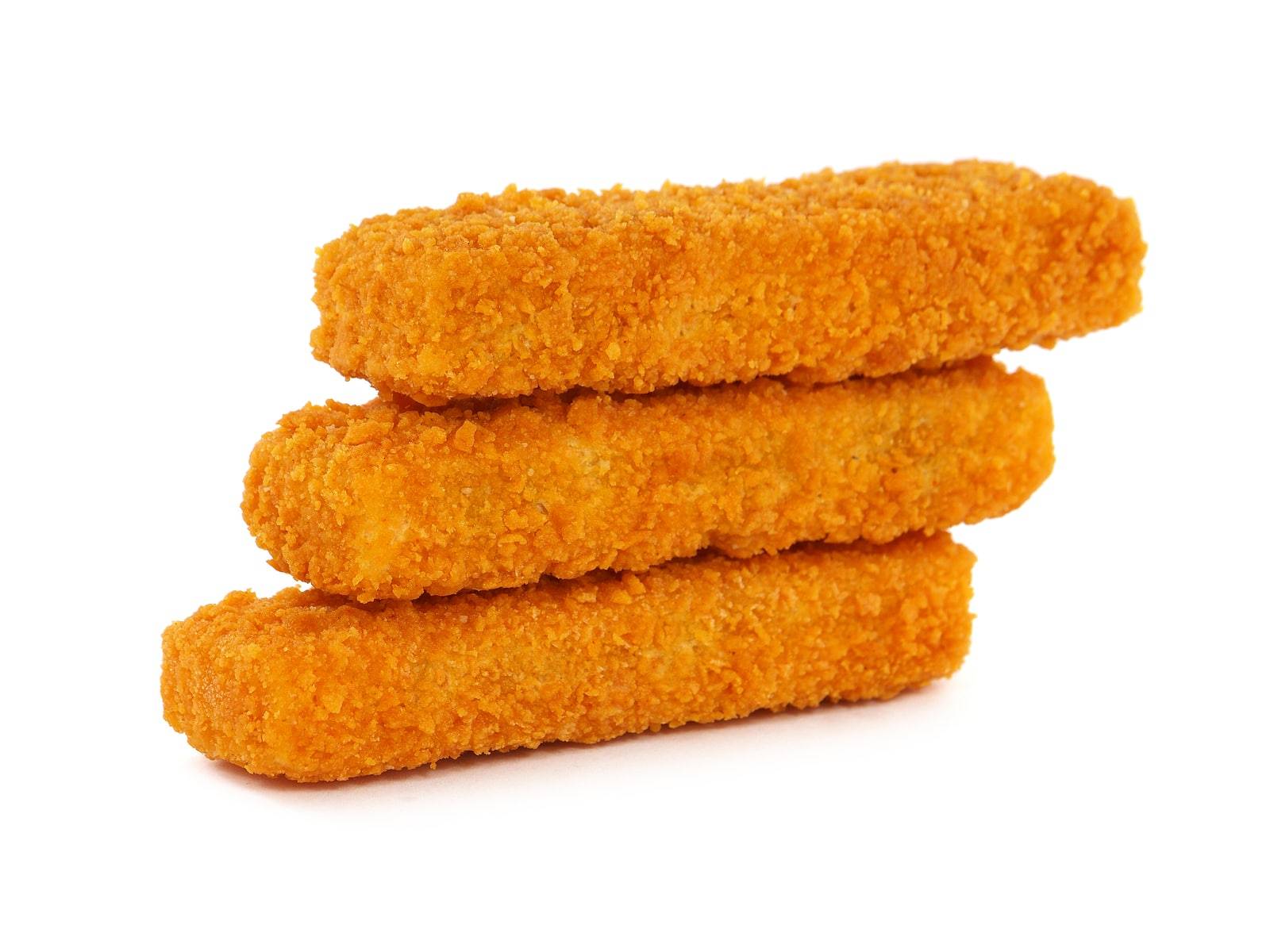
Cookies and crackers prices are going to double in the next year. Pladis, makers of McVitie’s, Godiva, and several other well-known brands, warned that the rise in everything from ingredients such as sugar and flour to packaging and shipping costs is to blame.
Again, any time consumers see steep price increases, food shortages are likely to occur. It’s the combination of issues resulting in unprecedented supply and cost issues. Cookies and crackers are also some of the most likely products to reduce volume while increasing prices.

Rising costs of production, including the cost of fertilizer and crops lost to weather-related incidents, water shortages, pests, and disease, have resulted in a significant reduction in the number of tomatoes produced last year. Also, many commercial growers sell products directly to manufacturers, such as ketchup, pasta sauces, and frozen pizzas.
Declining yields for tomato growers have resulted in fewer options left for consumers at major grocery store chains. A significant food 2023 food shortage of tomatoes sparked a 21% rise in price last year alone. And the price is only expected to rise as supplies continue to go down.
According to the World Food Bank, the of people facing starvation has more than doubled since 2019. The UN uses the phrase “acute food insecurity” and states it is escalating at an alarming rate worldwide. Now is the time to prepare for 2023 food shortages.
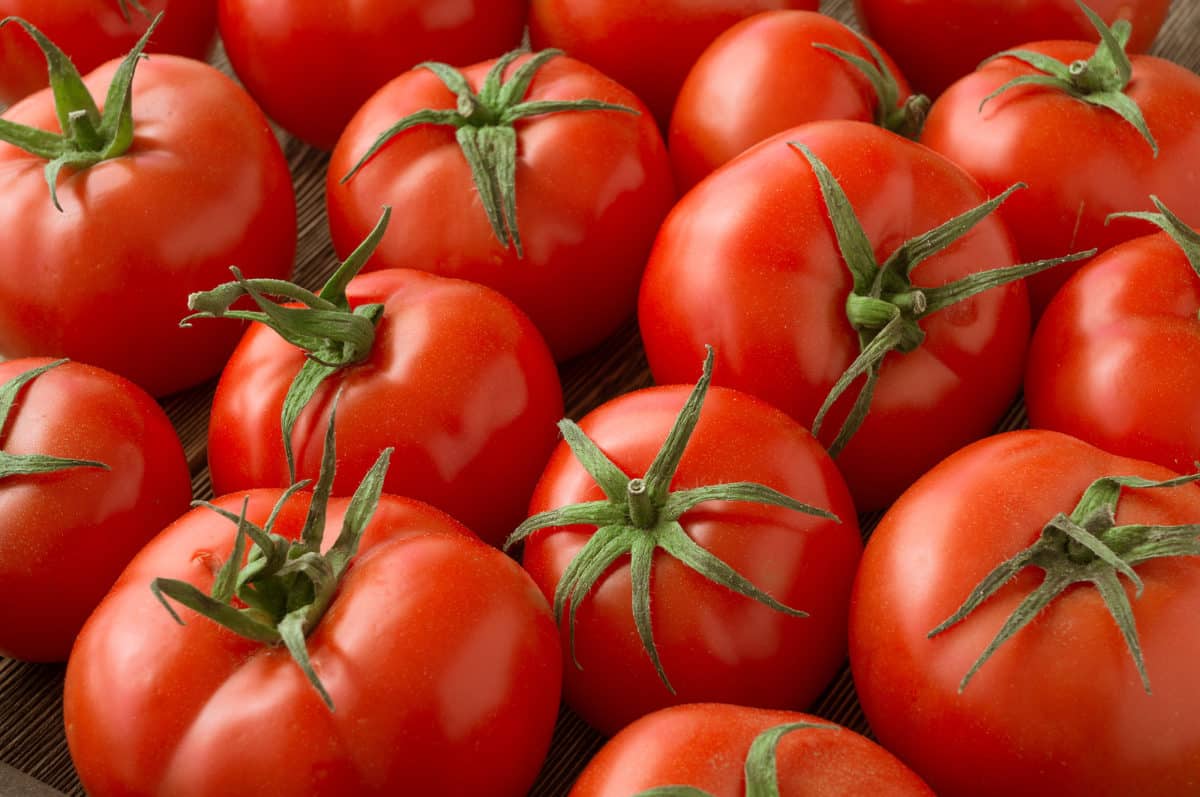
Declining yields for tomato growers have resulted in fewer options left for consumers at major grocery store chains. A significant food 2023 food shortage of tomatoes sparked a 21% rise in price last year alone. And the price is only expected to rise as supplies continue to go down.
According to the World Food Bank, the of people facing starvation has more than doubled since 2019. The UN uses the phrase “acute food insecurity” and states it is escalating at an alarming rate worldwide. Now is the time to prepare for 2023 food shortages.
Conclusion: Taking Action Now to Secure Our Food Supply
In conclusion, preparing for the potential shortage of key foods in 2023 requires a proactive and multi-faceted approach. By understanding the factors contributing to the shortage, such as climate change and global population growth, we can better comprehend the urgency of taking action. Building a well-stocked pantry, growing our own food, exploring alternative food sources, and creating a sustainable food system are all essential steps towards securing our food supply for the future. By implementing these strategies, we can face any future food shortages with confidence and ensure the well-being of ourselves and our loved ones.
Read more – Food Shortages in 2022 Surprising Ways to Prepare Now


